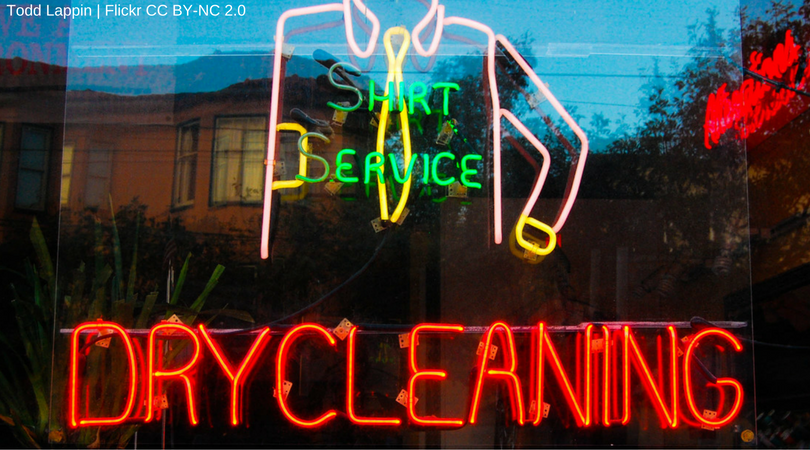EPA Proposes First Federal Toxic Chemical Ban in Decades to Close out 2016
Earlier this year, the Environmental Protection Agency was granted increased authority to regulate chemicals on the market. Under an updated federal toxics law, the EPA must review 10 chemicals currently on the market for safety, and they’ve already gotten started. This week, after naming the first 10 chemicals it will review, the EPA proposed the first federal toxic chemical ban in 27 years. That’s a big deal.
Earlier this year, the Environmental Protection Agency was granted increased authority to regulate chemicals on the market. Under an updated federal toxics law, the EPA must review 10 chemicals currently on the market for safety, and they’ve already gotten started.
This week, after naming the first 10 chemicals it will review, the EPA proposed the first federal toxic chemical ban in 27 years. That’s a big deal.
The chemical that’s on the chopping block? Trichloroethylene (TCE), which is used as a degreaser and a spot removal agent in dry cleaning.

TCE is “carcinogenic to humans by all routes of exposure” according to a toxicological review based on thousands of scientific studies and was also classified as a carcinogen by the International Agency for Research on Cancer. In addition to its ties to cancer, the chemical also poses health risks to the central nervous system, kidney, liver, immune system, male reproductive system and developing fetuses. TCE can be inhaled or absorbed through our skin. Workers can be exposed when it is used in the dry cleaning process, and consumers can be exposed via aerosol degreasing products.
Despite health concerns, the U.S. has continued to use TCE in massive quantities — about 255 million pounds a year, and the chemical industry has continued to advocate for the chemical. In 2013, the American Chemistry Council wrote a letter to the EPA complaining about the agency’s risk assessment of TCE, and another trade association whose members manufacture TCE argued that it would be an overreach for the agency to regulate it.
TCE’s threat to human health, like many chemicals we interact with regularly, is well documented. But because of our weak federal regulatory system, thousands of chemicals on the market are untested and linked to health concerns. Armed with a new authority to regulate these chemicals, the EPA has a real chance to protect families across the country from toxic exposure.
“For the first time in a generation, we are able to restrict chemicals already in commerce that pose risks to public health and the environment” said Jim Jones, assistant administrator for the EPA’s Office of Chemical Safety and Pollution Prevention. “I am confident that the new authority Congress has given us is exactly what we need to finally address these important issues.”
This is a great first step from the EPA; the agency followed the science and decided to protect public health. They are also set to review nine other chemicals under the same standard, including asbestos and 1,4-dioxane, both of which are linked to cancer. Asbestos is still used in construction materials, clothing and automotive parts, and 1,4-dioxane is commonly found in products we apply to our bodies like shampoo, despite ties to health problems.
We are hopeful that the EPA will continue to take bold steps to eliminate dangerous chemicals that flood our everyday products and protect hundreds of thousands of American families in the process.

